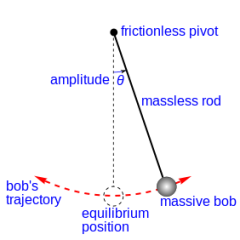 Senator Pam Roach introduced a bill last week in Olympia that would require schools to teach cursive writing. According to her, reading and writing in cursive is “part of being an American.” I don’t know about that, but as a third and fourth grade teacher with over thirty years’ experience, I do know a lot about cursive writing.
Senator Pam Roach introduced a bill last week in Olympia that would require schools to teach cursive writing. According to her, reading and writing in cursive is “part of being an American.” I don’t know about that, but as a third and fourth grade teacher with over thirty years’ experience, I do know a lot about cursive writing.
And what I know tells me that this bill is doomed. At least I hope it is. Continue reading



 By Tom White
By Tom White